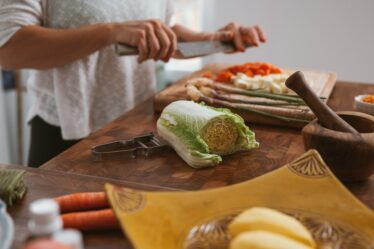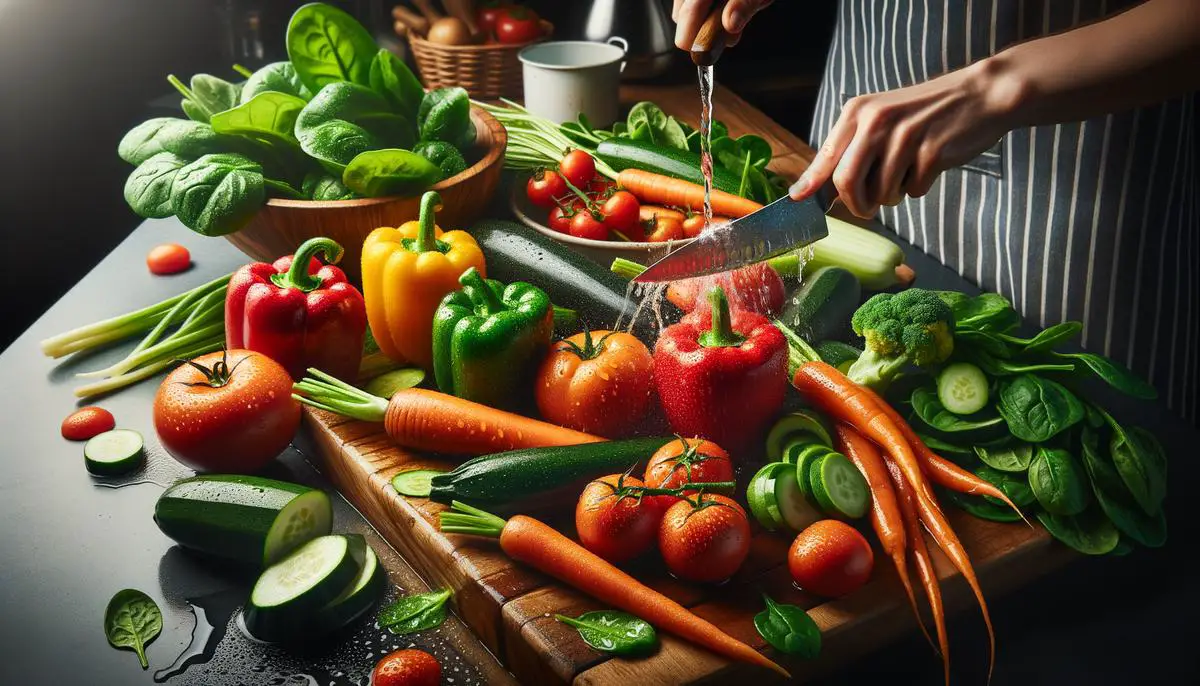
Creating the perfect pasta dish is an art that starts with the basics: selecting the right vegetables and cooking your pasta to perfection. With each season offering its own bounty, knowing how to choose, prepare, and combine these ingredients is essential. This guide will walk you through the steps to add fresh flavors and textures to your table, transforming simple ingredients into a meal that stands out.
Selecting and Preparing Vegetables
Choosing and Preparing Vegetables for a Pasta Dish
Selecting the Right Vegetables:
Your journey to a delightful pasta dish starts with picking fresh vegetables. Think about texture and flavor – you want a mix that complements. Bright, crisp peppers, earthy mushrooms, and tender zucchini are excellent starters. Seasonality is your friend; summer boasts sweet tomatoes and zucchini, while winter calls for heartier squash and kale. Each season imparts its unique flavor profile to your pasta, making it a year-round adventure in your kitchen.
Preparation is Key:
Washing Your Vegetables:
Begin by rinsing your vegetables under cool running water. Use a vegetable brush for roots like carrots to remove any dirt. Pat them dry with a clean towel to prevent them from going soggy when cooked.
Chopping for Success:
Size matters in cooking. Cut your vegetables uniformly to ensure they cook evenly. Bite-sized pieces blend well with pasta, enhancing each forkful with a burst of flavor. For leafy greens like spinach, a rough chop does the trick, allowing them to wilt harmoniously into the dish.
To Peel or Not to Peel:
Some vegetables, like zucchini, have tender skins that add texture and nutrients. Others, like winter squash, have tougher exteriors that are better removed. Your choice to peel should hinge on the texture you’re aiming for in your final pasta dish.
Cooking Vegetables:
The Sauté Move:
A splash of olive oil in a hot pan starts the magic. Begin with the firmer vegetables, like carrots and broccoli, as they take a bit longer. Once they start to soften, introduce quicker-cooking veggies like bell peppers and spinach. A pinch of salt and pepper during the cooking process layers in flavor.
The Roast Route:
For a deeper flavor, roasting is your go-to. A drizzle of olive oil, a sprinkle of salt, and a hot oven (around 425°F) transform your veggies into caramelized delights. Spread them in a single layer on a baking sheet for even cooking. Roasting time varies, but the edges turning a golden brown is a good indicator they’re done.
Incorporating Vegetables into Pasta:
The Combine and Toss:
Once your pasta is cooked and drained (remember to save a bit of pasta water) and your vegetables are perfectly cooked, it’s time to unite them. Toss them together in a large pan over low heat. Add a splash of reserved pasta water to help marry the pasta and veggies. This is the moment to add any final touches, like fresh herbs or a squeeze of lemon for a pop of acidity.
Choosing and preparing vegetables for your pasta dish isn’t just about following a recipe; it’s a creative process that allows for personal expression through the foods you serve. With these steps, mastering the art of vegetable-based pasta dishes can become a fulfilling part of your cooking repertoire, bringing fresh flavors to your table with each season.
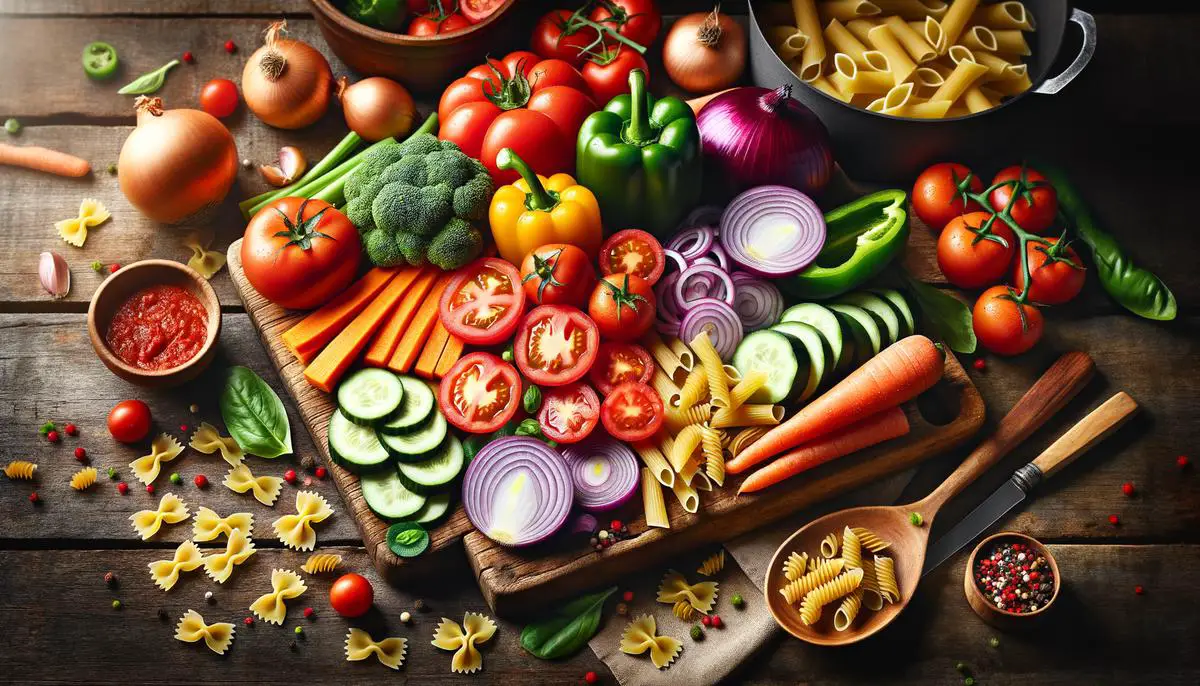
Cooking Pasta to Perfection
Now, let’s dive straight into the heart of pasta perfection: the pasta itself. Achieving that ideal ‘al dente’ texture, where the pasta is tender yet firm to the bite, is a culinary goal most strive for. It’s not as daunting as it seems; follow these guidelines closely.
First up, water—the foundation of pasta cooking. You’ll need a large pot and plenty of water, with a good rule of thumb being about 4 quarts of water for every pound of pasta. This might seem like overkill, but pasta needs room to move freely to cook evenly.
Salt is next. Don’t be shy here; salted water is crucial for flavor. About 2 tablespoons for your large pot of water should do it. Add the salt once the water is boiling just before adding the pasta.
Heat your water to a rolling boil. This is non-negotiable. A vigorous boil ensures the pasta keeps moving, preventing it from sticking. Only then should you add your pasta, stirring gently at the beginning to discourage any clumping.
Timing is everything. Start checking the pasta about 2-3 minutes before the time indicated on the package. Fish out a piece, let it cool slightly, then taste it. The center should have a slight resistance. Remember, the pasta will continue to cook a bit more after you drain it, especially if you’re tossing it with a warm sauce.
Speaking of draining, reserve a cup of pasta water before you do. This starchy liquid is gold for adjusting the sauce’s consistency later on.
Immediately after draining, unless your recipe specifically tells you otherwise, don’t rinse your pasta. Rinsing washes away the surface starches that help sauces adhere.
Now, the marriage of pasta and sauce. This isn’t just a last-minute combination but a final, crucial step in cooking. Return your cooked pasta to the pot on low heat, add your desired sauce, and a splash of the reserved pasta water. Toss or stir vigorously. This emulsifies the sauce with the pasta water, creating a silkier, more cohesive sauce that clings beautifully to your pasta.
Finally, the art of serving. Pasta waits for no one. Serve it hot and fresh right after combining with the sauce. It’s not merely about taste but the experience. A well-timed pasta dish brings warmth and comfort, embodying the essence of home-cooked meals.
There you have it—the pathway to pasta perfection. With attention to detail, respecting the process from pot to plate, you’re not just cooking pasta; you’re crafting an experience, one perfectly cooked strand at a time.
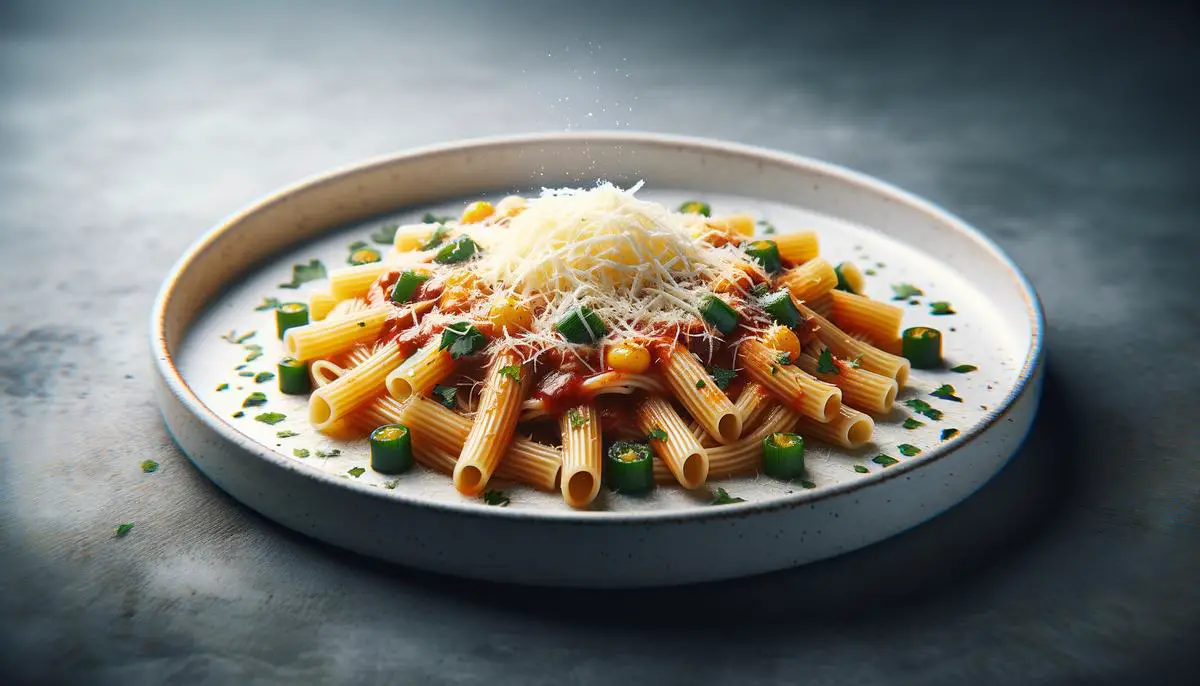
Balancing Flavors and Textures
Balancing Flavors and Textures in a Veggie-Pasta Dish
After you’ve mastered the selection and cooking of both vegetables and pasta, the next pivotal step is achieving a harmonious balance of flavors and textures. This can transform a good veggie-pasta dish into an exceptional one. Let’s dive in.
Choosing Your Flavor Profile:Decide early on whether you want your dish to lean towards vibrant and zesty, or rich and savory. This choice will guide the selection of additional ingredients, such as oils, vinegars, cheeses, and spices. For a zesty profile, consider lemon zest or a dash of white wine vinegar; for a richer taste, a dollop of cream or a sprinkle of Parmesan could be perfect.
Texture Contrasts:This is key in a dish that’s as simple as pasta with vegetables. You’ve got the al dente bite of pasta and the potential crunch or softness of your veggies. To add depth, consider something crispy like toasted breadcrumbs or nuts for the top. Conversely, if your veggies and pasta are softer, a raw, thinly sliced vegetable like radish could add the needed crunch.
Adding Fat Wisely:Fat is a flavor carrier and can tremendously enhance a veggie-pasta dish. Olive oil is a classic choice, adding both moisture and richness. However, don’t overdo it; aim for a light coating on your pasta and vegetables to avoid a greasy texture. If using cheese, remember it adds both saltiness and creaminess, so adjust your seasonings accordingly.
Acidity Is Your Friend:A dash of acidity can brighten the entire dish and highlight the vegetables’ natural flavors. Incorporating a squeeze of lemon juice or a drizzle of balsamic vinegar after cooking can make the flavors pop. Be mindful of the balance; too much can overshadow the fresh taste of your vegetables.
Herbs for Freshness:Fresh herbs can significantly affect the final dish, adding layers of flavor and vibrant color. Whether it’s basil, parsley, or thyme, adding herbs right before serving preserves their fragrance and potency. Each herb brings its own character; choose based on the overall profile you’re aiming for.
Check Seasonings at Every Stage:The importance of tasting as you cook cannot be overstressed. Vegetables can vary in natural salt content, and pasta can absorb seasonings differently. Adjust with salt, pepper, or cheese as needed before combining everything.
Merging Pasta and Vegetables:Once your pasta is perfectly al dente and your vegetables are cooked to your liking, it’s time to unite them. Do this while both are still hot, gently tossing them together with a bit of reserved pasta water. This starchy water not only helps the sauce cling to the pasta but also ensures a silky texture throughout.
Serving Correctly:Serve the dish immediately after combining. Pasta waits for no one, and serving it hot ensures the flavors and textures are enjoyed as intended. If you’ve chosen to top with cheese, a final sprinkle just before it hits the table can add a fresh layer of flavor and aroma.
By paying attention to the balance of flavors and textures, your veggie-pasta dish can reach new heights of culinary delight. Remember, the quality of your ingredients speaks volumes in the simplicity of a dish like this, so choose fresh, seasonally appropriate vegetables and quality pasta. Happy cooking!
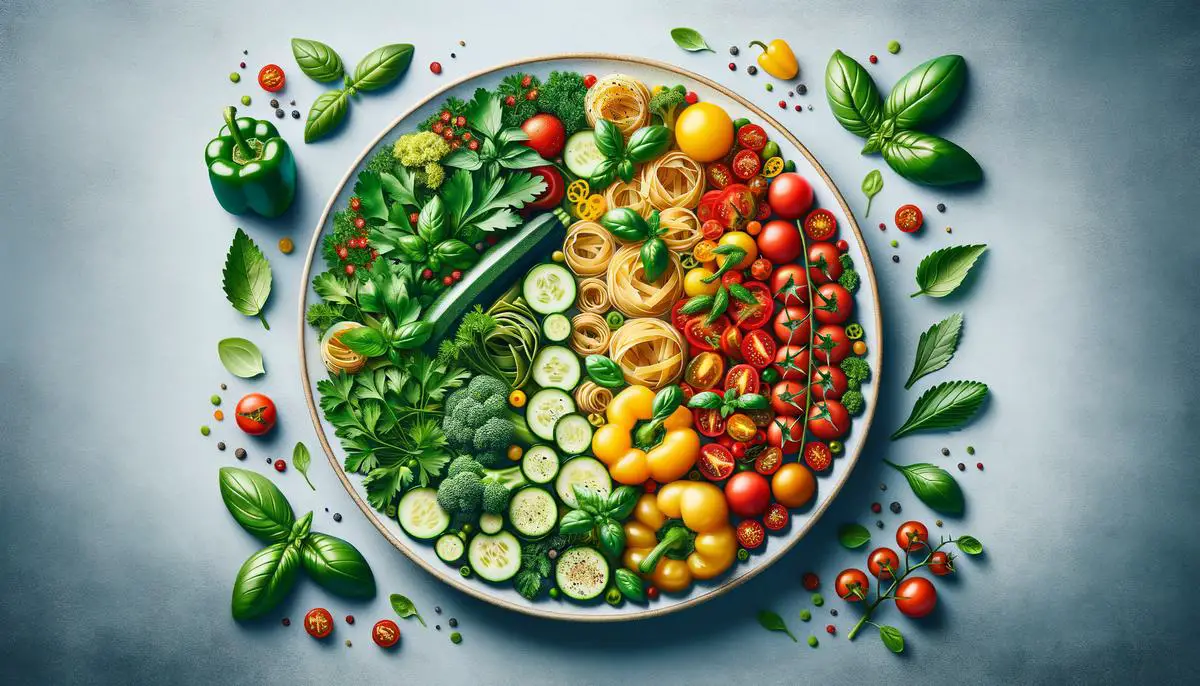
Mastering the art of making a veggie-pasta dish is a rewarding experience that brings a slice of culinary joy to everyday dining. By focusing on the harmony of flavors and textures, and experimenting with different combinations, you can elevate a simple pasta dish to something extraordinary. Remember, the secret lies in the quality of your ingredients and the care you put into each step of the process. Here’s to making your next pasta meal not just food, but an experience to remember.

